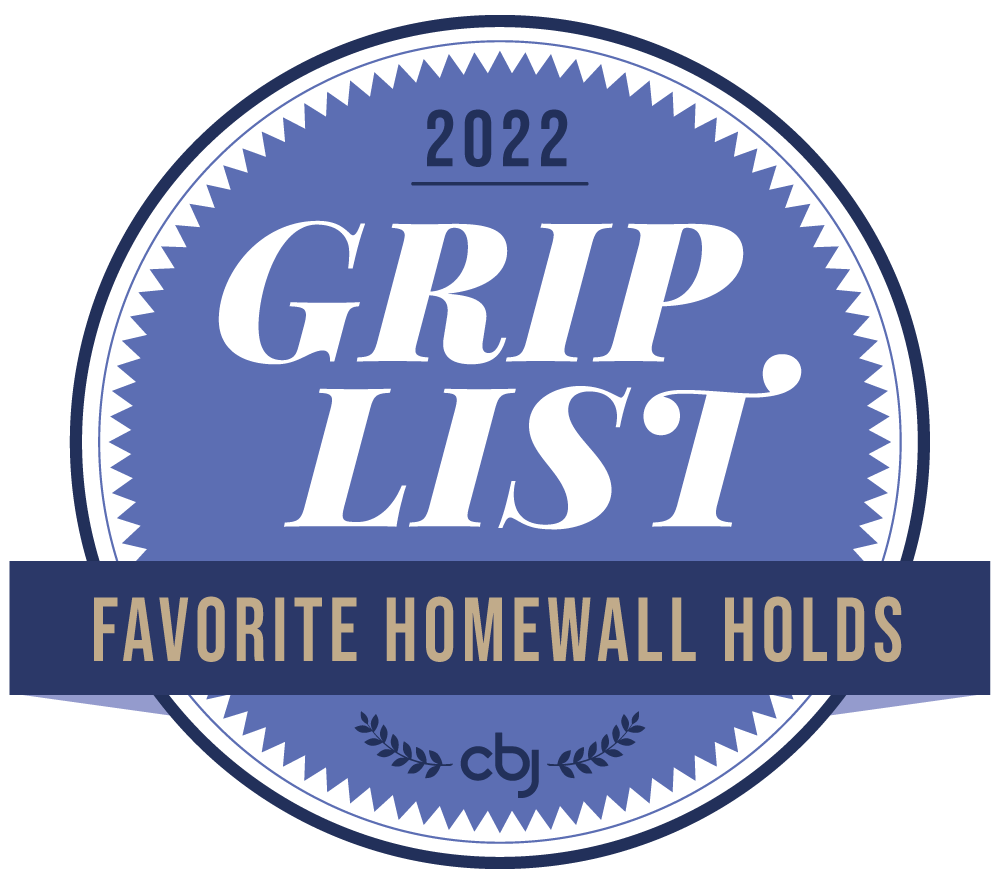Overview
This wall angle calculator will help you figure out just how far specific wall angles come off from your back wall.
Atomik Advice:
We believe that one clean wall angle, from the bottom of your wall to the very top, best serves most walls. They offer a blank canvas for you to create your masterpiece using holds. Building in features is okay but they tend to get boring after time passes. Volumes are the way to add interest to your walls.
Beginner Walls:
When making indoor climbing wall plans, design your wall to have flat (90 degrees) to slightly overhanging (105 degrees) angles. Features like roofs and arêtes are okay but beware of getting bored on them. If you have “one-time” clients, features can be cool.
Intermediate Walls:
The Intermediate level climber needs to be on their arms so 105 degrees overhanging to 120 degrees overhanging are the recommended angles. No features. Use Volumes and big holds if you really want to add interest. These angles have the best of all worlds. These angles offer terrain that you can train footwork, which is a critical skill to work on, and steep enough to get a reasonable portion of your body weight on your arms.
Advanced Walls:
135 degree walls (aka 45 degree walls) are very steep. Expect to be adding big costly holds to hang out on that terrain. We do not recommend this steep of a wall as it caters to the already very strong climber and limits the use of feet. The majority of your body weight is on your arms and your core is constantly engaged to stay on the wall. 45 degree walls also eat up a huge amount of floor space.


